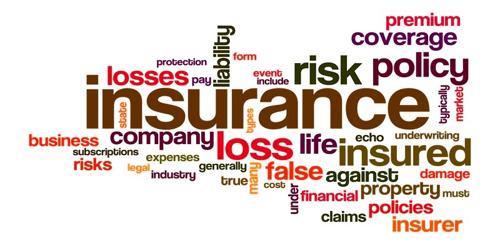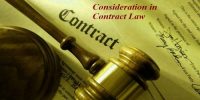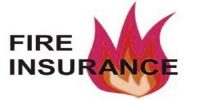Insurance has evolved as a process of safeguarding the interest of people from loss and uncertainty. The process of insurance has been evolved to safeguard the interests of people from uncertainty by providing certainty of payment at a given contingency. Risks are generally divided into two classes: Pure risks and Speculative risks.
Pure Risks – these risks involve only the chance of loss, there is never an opportunity for gain or profit. Examples: injury from an accident, loss of a home from an earthquake. Only Pure Risks are Insurable.
Speculative Risks – These risks involve both the chance of gain or loss. Examples: Gambling at the race track, or investing in the real estate market. Speculative Risk is not Insurable.
Risk must permit a reasonable statistical estimate of the chance of loss in order to determine the amount of premium to be paid. The loss to be insured against must be important enough to warrant the existence of an insurance contract.
Elements of an Insurable Risk –
- The loss must not be Catastrophic,
- The loss must be unexpected or Accidental,
- Loss produced by the risk must be definite and Measurable,
- Must be a significantly large number of homogeneous exposure units to make the losses reasonable predictable.
Risks can also be evaluated on an economic scale comparing static and dynamic risks: Static Risks are the losses that are by factors other than a change in the economy (for example- hurricanes, earthquakes, other natural disasters).
Personal risk is any risk that can affect the health or safety of an individual, such as being injured by an accident or suffering from an illness.
Dynamic Risks are the result of the economy changing (examples – inflation, recession, and other business cycle changes). Dynamic risks are not insurable.















